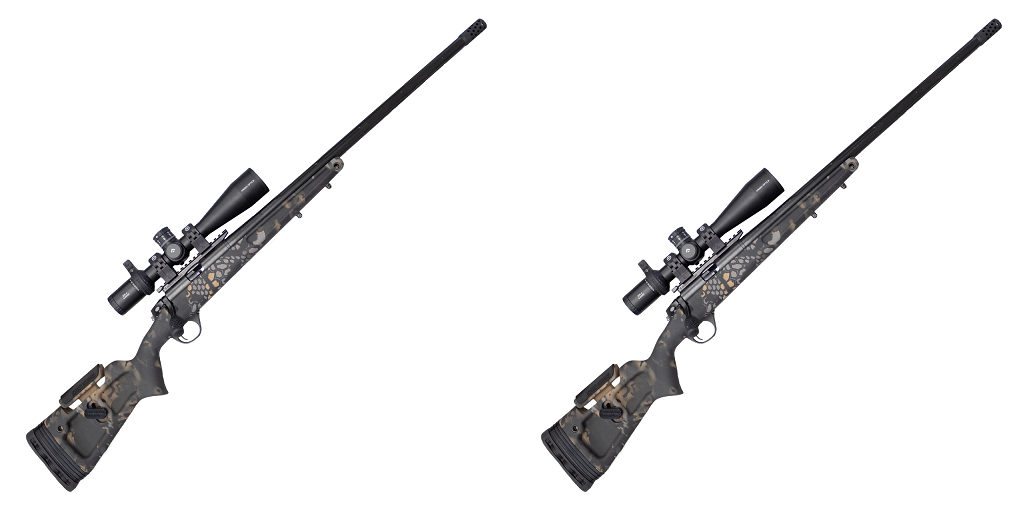Traditional muzzleloaders, and nearly all sidelocks, are made with wood stocks. There are some good reasons for this.
Wood is strong, wood is resilient, and it is very versatile. Moreover, muzzleloading is steeped in tradition and wood is the traditional material that’s been used to make muzzleloader stocks for hundreds of years.
But, believe it or not, we are rapidly approaching the era in which all of the conceivable virtues of wood stand to be entirely eclipsed by synthetics.
Yes, this means a synthetic muzzleloader stock like a Grayboe Eagle is better than whatever wood stock came with yours.
This is not opinion, but material fact. It is also the reason that modern muzzleloaders, such as those sporting in-line ignition systems, are increasingly produced with synthetic stocks. Allow a word of explanation.
The Moisture Factor
Wood is not only flexible, it is also porous and naturally absorbent. Let us not forget that this is attributable to the fact that wood is a vascular tissue harvested from what was once a living organism.
This erstwhile function of wood – to transport liquid – remains semi-dormant in dried and processed wood used to make stocks.
The importance here being this: when it is humid out, a wood stock will absorb moisture, swell, and change its dimensions ever so imperceptibly.
The problem is that this same wood stock that has just warped so slightly is in contact with your barrel and trigger or lock.
The pressure a wood stock will put on a barrel can warp accuracy.
Now, at close ranges, this is not something you’ll ever notice. But as muzzleloader engineering continues to push the envelope of what’s possible, it’s becoming a problem.
We now have muzzleloaders that are reliable, and accurate enough, to make shots at 300 yards and beyond. You just can’t gamble on a wood stock at those ranges.
Accuracy is just one aspect of wood’s shortcomings here, though.
The Maintenance Factor
The fact that wood absorbs moisture is the crux of the issue with traditional stocks but it goes beyond throwing a wrench into accuracy.
Wood’s propensity for moisture absorption also makes it much harder to maintain. If you have a wood stock out in wet conditions, you’ll have to meticulously clean it when you get it home.
Any compromises in the finish that allow the grain to get waterlogged will leave stains at best, and at worst can allow mold to grow.
Modern muzzleloader stocks made of synthetic materials face no such hardships and are immune to these issues.
Mounting Points, Modularity and Expandability
Lastly, modern muzzleloader stocks are much more modular and versatile than their traditional wood counterparts.
Wood stocks are sometimes made with patch boxes and sling mounts, but beyond that, you’re on your own. Some modern muzzleloader stocks are engineered with swivel mounting points and M-LOK slots for mounting accessories, making them much more versatile and customizable than their traditional counterparts.
Not that this alone would spell doom for wood, but paired with the fact that wood is absorbent and therefore less consistent than synthetics, it’s a problem.
Upgrade Your Muzzleloader Stock Before This Season Starts
Depending on where you are in the country, you should still have a few months left till your muzzleloader season (or seasons) opens. That means there’s still time for you to research modern muzzleloader stocks, get a new one, fit it, and get to the range to sight in.
Do it – a new synthetic stock will minimize maintenance, offer greater consistency under a wider range of varying climatic conditions, and most importantly will enable longer, more accurate shots.
For more information about Thor Muzzleloader Bullets and Timney Triggers Please visit: Anarchy Outdoors.



